Many of Japan’s famous animated series take their inspiration from lesser-known towns, urban environments and rural landscapes. Discover the locations of your favorite anime and see another side of Japan.
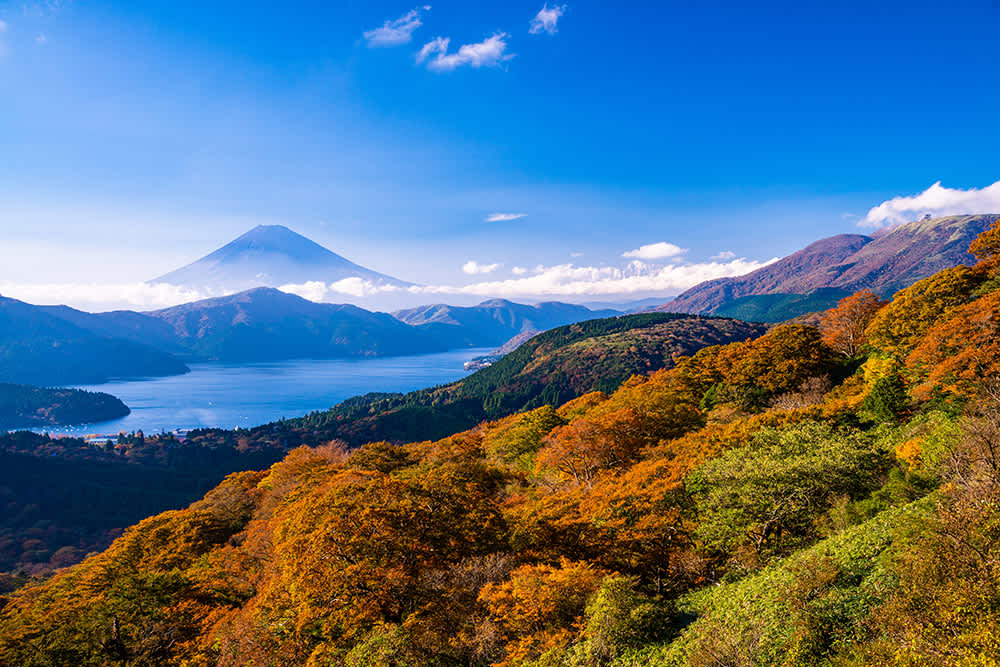
Lake Ashinoko, with Mt. Fuji in the distance, inspired some settings in the anime Evangelion.
Ever get a feeling of déjà vu when you visit an out-of-the-way location in Japan? If you’re an anime fan, you probably have been there before, virtually.
Many popular Japanese anime are set in real places, with faithful renderings of spectacular natural scenery and modern urban environments. There’s a real thrill in visiting the “home” of your favorite characters. Some of these locations are already popular tourist destinations, while lesser-known spots have gained attention thanks to their prominence in anime plot lines. An anime “pilgrimage,” or location vacation, can add extra depth to your explorations and introduce areas you might not know about. Here are three popular Japanese animations that showcase places that you can actually visit, in Hakone, Saitama, and Takayama.
Evangelion
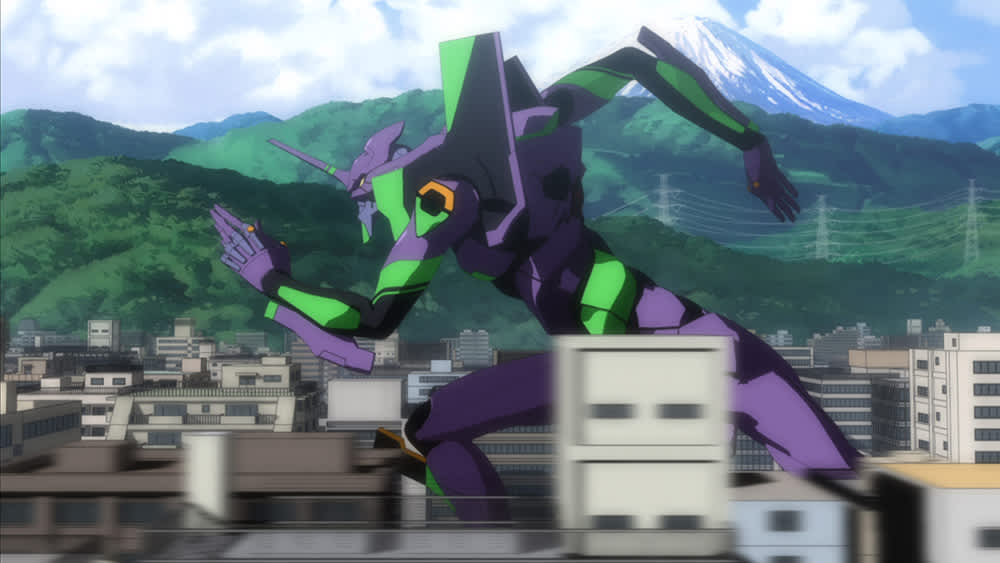
Photo credit:©khara
Evangelion is a world-famous animation that depicts the battle between 14-year-old boys and girls who pilot the Multipurpose Humanoid Decisive Weapons called “Evangelion”, and the mysterious enemies called "Angels". Evangelion, which began as a television anime in 1995, is known for its stylish visuals, detailed settings, and gripping storyline which made it an immediate success in Japan and around the world, drawing a wide range of viewers who were not familiar with anime.
Evangelion has always been at the cutting edge of animated visuals and continues to fascinate audiences even 25 years after its debut. In “Evangelion: New Theatrical Edition”, which started in 2007, the story is spun for a new generation, with extra characters and more advanced visuals, gaining new fans.
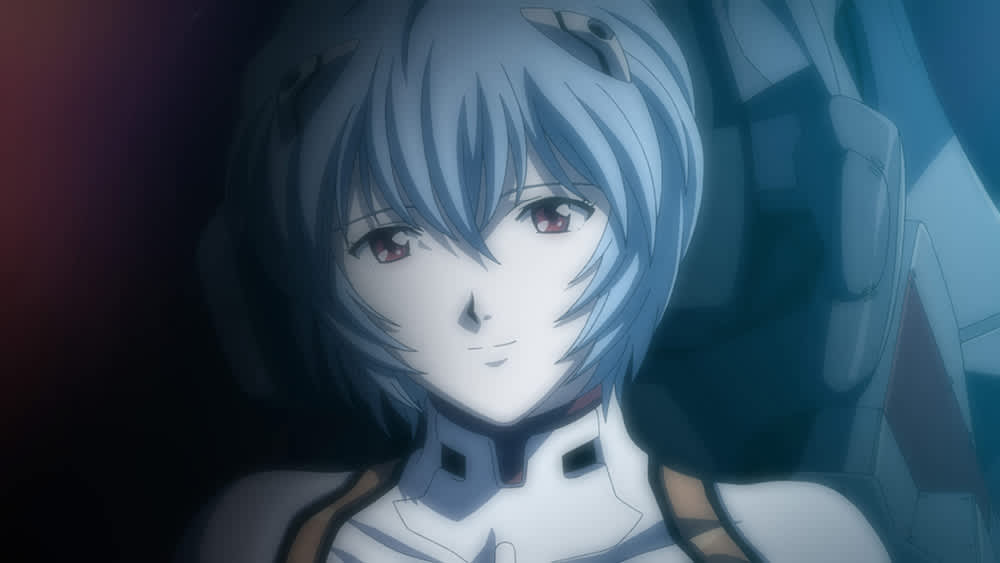
Photo credit:©khara
Exploring the dramatic landscapes of Hakone (Tokyo-3)
Tokyo-3 is the fictional setting of Evangelion, but it is no secret that the location is Hakone. Fans of the Evangelion series have been visiting sites in Hakone for years, but with the global streaming of the Evangelion series on Amazon Prime and Netflix in 2019, there has been renewed interest in the series. The latest installment in the series, the movie “Evangelion: 3.0+1.0 Thrice Upon a Time,” was released in Japan in March 2021.
In anticipation of the original release in 2020, the "Evangelion x Hakone 2020: Meet Evangelion in Hakone" project was launched with buses and trains wrapped in Evangelion decals and themed decorations throughout the city of Hakone. A two-meter-tall figure was installed at Togendai Station, which inspired the entrance to the NERV headquarters in the series. With the rescheduled movie release date, some of the promotion features are being extended, and visitors can still see them around Hakone.
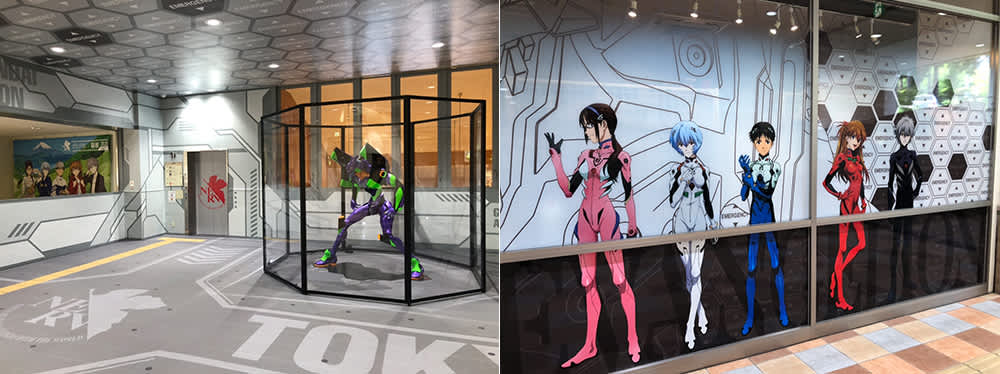
Hakone-Yumoto Station, Lake Ashinoko and several of Hakone’s iconic locations feature prominently in the series. The Hakone Free Pass provides convenient and care-free public transportation throughout the area, making it easy to visit Evangelion locations. The pass gives unlimited access to Odakyu Group ropeways, railways, buses and a pirate cruise on Lake Ashinoko. The lake is one of the best places to see Mount Fuji on clear days, and is a recognizable backdrop to many of the battle scenes in the series.

Panoramic views from the top of Mount Kintoki feature in the second episode of Neon Genesis Evangelion, when Misato reveals the hidden city Tokyo-3 to Shinji, unfurled before them from an invented observation deck on Kintoki. The steaming Owakudani Valley is where Shinji ends up after running away from Misato’s apartment, and is one of the stops on the Hakone Ropeway. The entrance to Kintoki Shrine is the site of a fierce battle between an Eva and an Angel called 5th Angel.

Photo credit:©khara
With easy access from Tokyo by rail or road, Hakone is a popular day-trip destination from the capital. However, an overnight stay will give you more time and opportunities to visit the spots featured in the Evangelion anime franchise. Hakone-Yumoto Station has an official Evangelion store filled with merchandise from the series.
Getting to Hakone
The Tokaido-Sanyo Shinkansen runs between Tokyo, Kyoto and Osaka, stopping at Odawara, about 15 minutes by local train to Hakone-Yumoto. The Odakyu Line Limited Express Romance Car operates from Shinjuku Station in Tokyo to Hakone-Yumoto Station.
Lucky Star
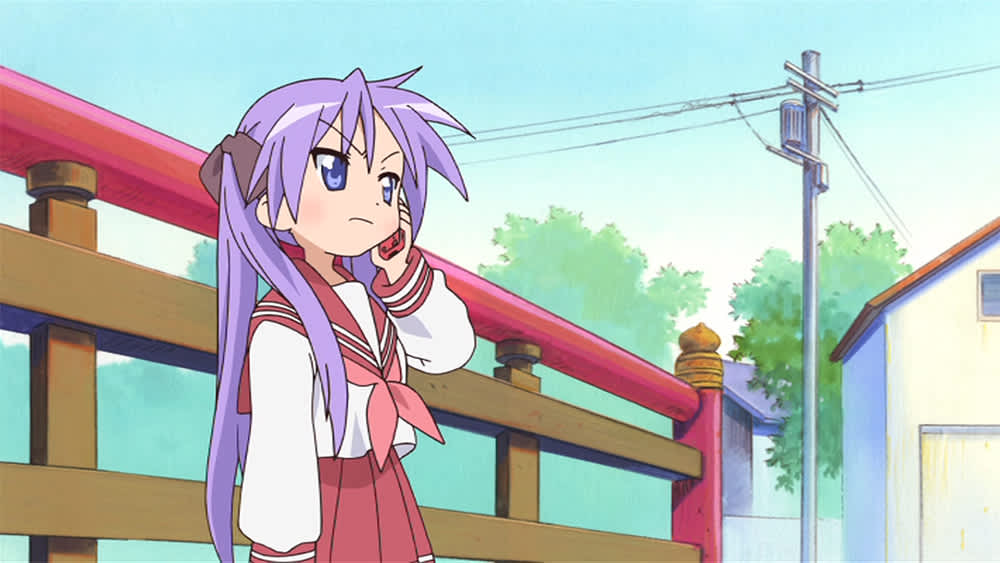
(C)K・Y /L・P
The popular anime series Lucky Star first aired in Japan in 2007, as an adaptation of the original manga series. The story follows the lives of four high school girls with distinct personalities: lazy but talented Konata Izumi, prim and proper Miyuki Takara, hot-headed overachiever Kagami Hiiragi, and her twin sister, the good-natured Tsukasa Hiiragi.
The girls attend high school in Saitama, in a city based on Kasukabe. Kasukabe Station and its surrounding streets may be familiar to fans of Lucky Star from scenes in several episodes. Much of the appeal of Lucky Star stems from the everyday banter about school, conversations about manga and references to popular video games. In the anime, the Hiiragi sisters work as miko (young priestesses) at a Shinto shrine, based on the real Washinomiya Shrine. The shrine has become one of the most visited anime sites in Saitama.
Exploring Saitama, from Washinomiya Shrine to Kadokawa Culture Museum
Saitama’s abundant nature, historical townscapes and cultural attractions make the perfect escape from city life in Tokyo, and all of its sights can be visited on a day trip. Combine a Lucky Star fan pilgrimage with some of Saitama’s most popular sights.
The ancient Washinomiya Shrine in Kuki is one of the most visited locations from the Lucky Star series and is one of the oldest shrines in the Kanto region. Many fans visit on New Year's Eve for hatsumode (first shrine visit of the new year). You will see colorful depictions of Lucky Star characters drawn by fans on the wooden ema (prayer plaques) hanging at the shrine.

(C)K・Y /L・P (left) Photo credit: Kuki-shi Shōkōkai Washinomiya shisho (right)
The striking modern Kadokawa Culture Museum in Tokorozawa, designed and supervised by world-renowned architect Kengo Kuma, is an art gallery, museum and library, with cafes and restaurants. Exhibits focus on various themes including popular culture, and the shelves of the huge library are filled with books published by Kadokawa, a publishing house known for its popular novels and manga, including Lucky Star. Regular projection mapping displays bring the shelves of the Bookshelf Theater to life.

Both photo credit: ©kadokawa culture museum
Getting to Saitama
There are numerous transportation options from Tokyo to the different areas of Saitama. Washinomiya Shrine is a little over an hour from central Tokyo by train from Tokyo Station on the Ueno Tokyo Line, with a transfer at Kuki Station to Washinomiya Station on the Tobu Skytree Line / Isesaki Line. To get to Kawagoe, take the Tobu Tojo Line express train from Ikebukuro Station. The Kawagoe Discount Pass, available only to overseas tourists, provides a round-trip train ride between Ikebukuro and Kawagoe. You can get to Tokorozawa and Hitsujiyama Park via the Seibu-Ikebukuro Line from Ikebukuro.
Hyouka
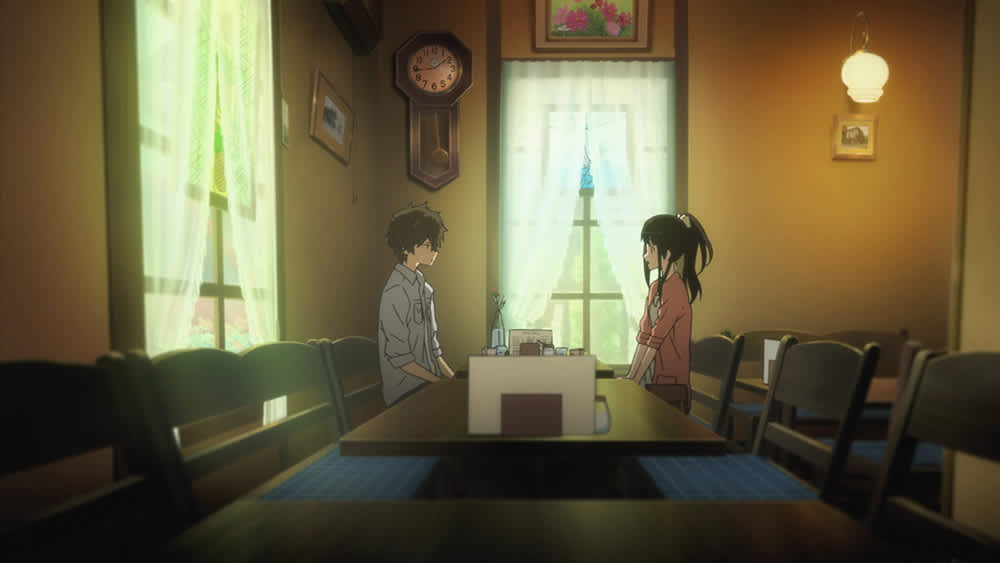
(C)H・K/gcKh
The high school mystery anime Hyouka is set in the fictional city of Kamiyama, based on the real city of Takayama in Gifu. It centers on a group of four teenagers at Kamiyama Senior High School, all members of the school’s Classic Literature Club.
The main character, Houtarou Oreki, reluctantly joins the club in order to keep it from being dissolved. He joins fellow club members Mayaka Ibara and Satoshi Fukube, old friends from junior high, and meets the very curious Eru Chitanda. Throughout the series they solve day-to-day mysteries that take place in their high school. The series was released in 2012, followed by a live action movie in 2017.
Exploring the charming streets of Takayama
The historical town of Takayama and its surrounding areas are a charming mix of traditional Japanese architecture, ancient shrines, hot springs and idyllic countryside. Fans of Hyouka will enjoy exploring Kamiyama’s numerous real-world counterparts in Takayama and its nearby villages.

(C)H・K/gcKh (left)
Hiejinja Shrine (Arekusujinja Shrine in the series) features in several episodes of the anime. The shrine is set amongst lush greenery and is where the Spring Takayama Festival procession ends. In the anime series finale, several key characters take part in a similar spring procession.
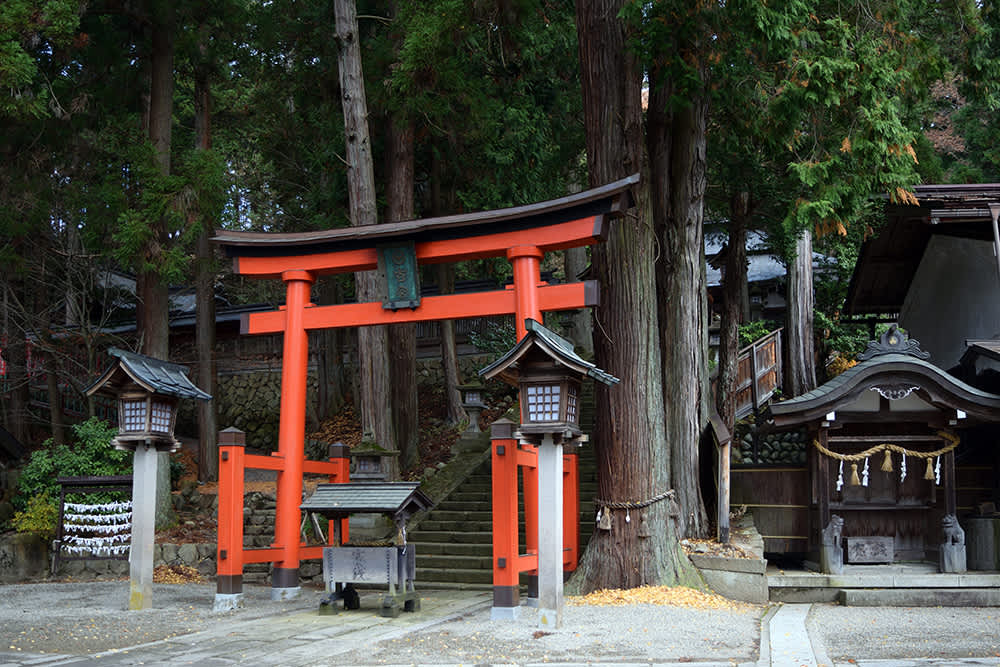
The street where the 100-year-old Miyagawa Morning Market is held every day is part of the anime’s beautifully sketched opening scene. The market extends from Kajibashi Bridge to Yayoihashi Bridge. Both bridges, which span the Miyagawa River, are shown in Hyouka’s opening scene and in episodes in the series.

(C)H・K/gcKh (left)
In Garyu-Koen Park, the cherry trees, particularly the 1,100-year-old Garyu Sakura cherry tree with its wide-spread branches, feature prominently in the series finale (episode 22). The trees bloom in early spring (mid-to-late April).

(C)H・K/gcKh (left)
The rustic Hirayu Onsen hot spring village features in episode 7 of the series. Enjoy bathing in the many open-air baths throughout the area, with views of the Northern Japanese Alps. The nearby Hirayu Folk Museum is a well-preserved historical building from the middle of the Edo period (1603–1867), with a thatched roof. It has farming tools on display from that time period and has onsite bathing.
Both photo credit: Hirayunomori
The small town of Hida Furukawa is a 15-minute train ride north of Takayama. Like Takayama, it has a well-preserved historical townscape. About an hour’s journey by bus from Takayama is Shirakawago, famous for its preserved traditional farmhouses with steep thatched roofs, a style of architecture known as gasshou-zukuri. The charming village looks like a scene from a fairytale anime.
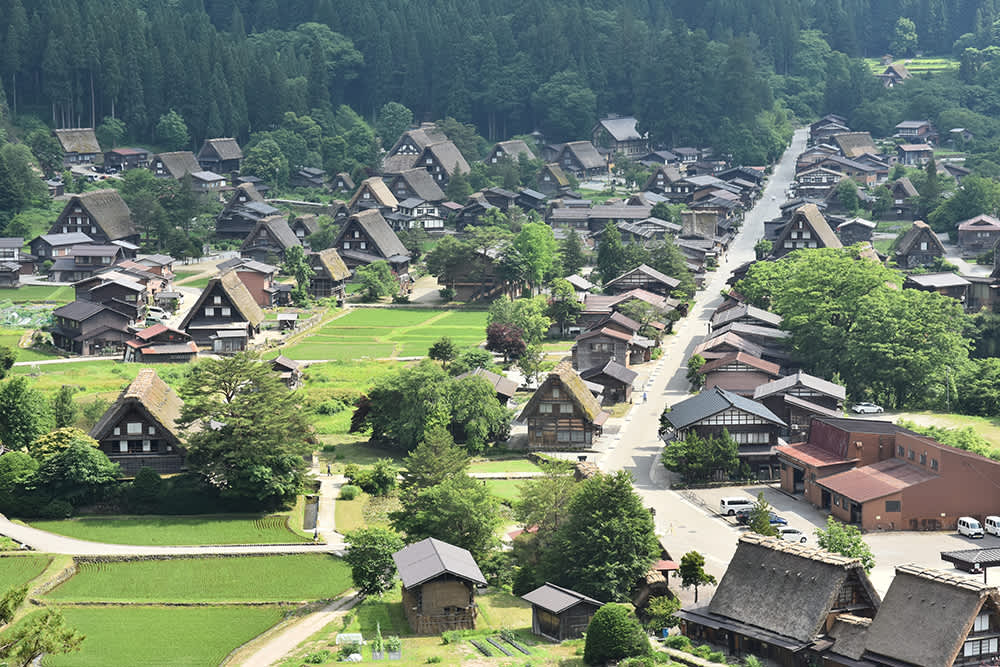
Getting to Hida Takayama
Express trains (Hida Limited Express) connect Nagoya to Takayama Station in around 2.5 hours. From Tokyo, Kyoto and Osaka, take the Tokaido-Sanyo Shinkansen to Nagoya. There are also direct trains from Toyama Station, a transport hub in Toyama Prefecture, which take around 1.5 hours. Nohi Bus operates long-distance highway buses to Hida Takayama and Shirakawago from major Japanese cities including Tokyo and Kyoto.
Business hours
Due to measures to prevent the spread of COVID-19, business hours may be subject to change; please check with the venues before visiting.
-
About the author
Author: Erin Kessler
Profile: Erin is Japanophile who has been living in Tokyo for over 10 years. When she’s not writing about Japanese travel destinations, she’s hiking, snowboarding, or trying new recipes in her tiny Tokyo apartment.























































